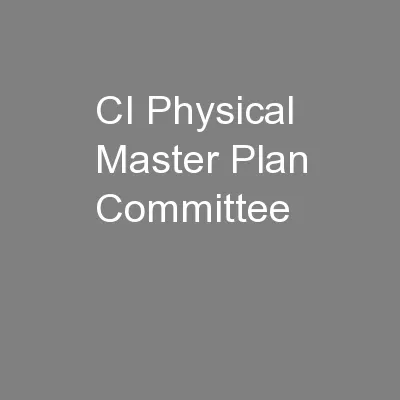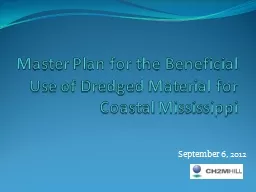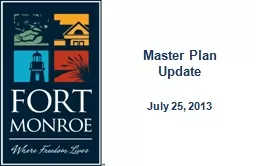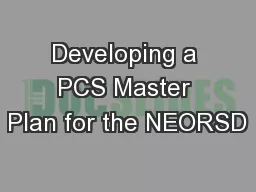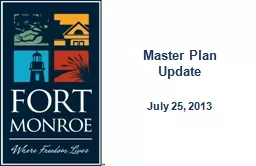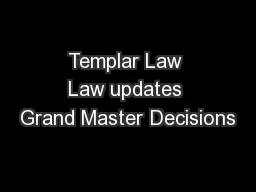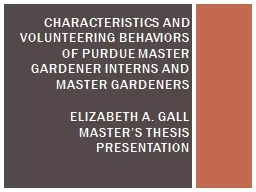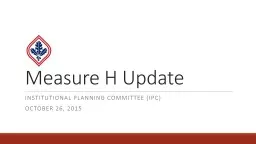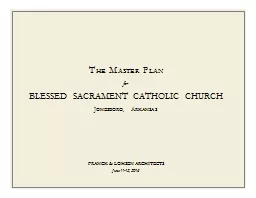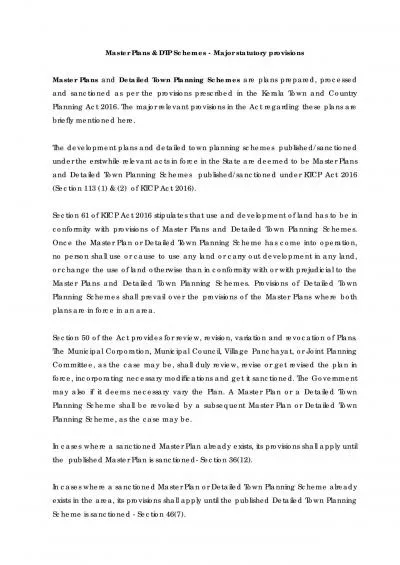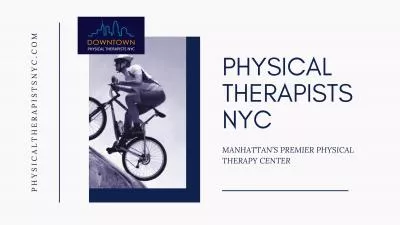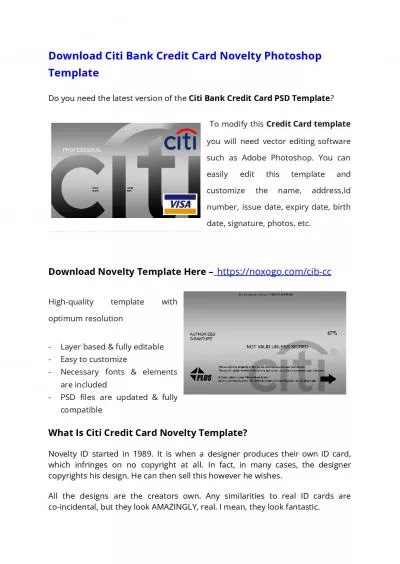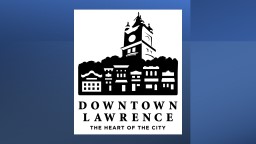PPT-CI Physical Master Plan Committee
Author : pasty-toler | Published Date : 2016-07-20
February 20 2012 Presented to the Presidents Planning and Policy Council by Caroline Doll Secretary to the Committee Committee Membership 20112012 Ruben Alarcon
Presentation Embed Code
Download Presentation
Download Presentation The PPT/PDF document "CI Physical Master Plan Committee" is the property of its rightful owner. Permission is granted to download and print the materials on this website for personal, non-commercial use only, and to display it on your personal computer provided you do not modify the materials and that you retain all copyright notices contained in the materials. By downloading content from our website, you accept the terms of this agreement.
CI Physical Master Plan Committee: Transcript
Download Rules Of Document
"CI Physical Master Plan Committee"The content belongs to its owner. You may download and print it for personal use, without modification, and keep all copyright notices. By downloading, you agree to these terms.
Related Documents

